What are the future prospects of China’s riveting and welding manufacturing industry
introductory
In today’s changing global manufacturing landscape, China’s riveting and welding manufacturing industry, as an important part of the basic industry, its development prospects have attracted much attention. This article will analyse the current situation, challenges and future development trends of China’s riveting and welding manufacturing industry, providing valuable references for industry practitioners and relevant investors.
Analysis of the current situation of China’s riveting and welding manufacturing industry
Industry Scale and Market Position
After decades of development, China’s riveting manufacturing industry has become the world’s largest producer and consumer of riveting products. According to statistics, China’s annual output value of riveting and welding industry has exceeded 100 billion yuan, accounting for a global market share of about 35%. This huge industrial base provides a solid support for China’s manufacturing industry![图片[1]-中国铆焊制造业的未来前景如何(全球制造业格局不断变化的今天,中国铆焊制造业作为基础工业的重要组成部分) - cndlfh.com-cndlfh.com](https://cndlfh.com/wp-content/uploads/2025/06/QQ20250625-204231.png)
State of the art
Currently China’s riveting and welding manufacturing industry shows a “pyramid” type of technology distribution:
Top: A handful of leading companies have mastered automated and intelligent welding technology
Central: most companies use semi-automated production equipment
Bottom: some MSMEs still rely on traditional manual welding
Main areas of application
Rivet welding technology is widely used:
Construction (steel structures, bridges, etc.)
Automotive manufacturing (body welding)
Shipbuilding
autoclave
aerospace
metro
Challenges facing China’s riveting and welding manufacturing industry
Rising labour costs
As China’s demographic dividend gradually disappears, the shortage of skilled welders is becoming increasingly prominent. Continuously rising labour costs are compressing corporate profit margins, forcing the industry to transition to automation.
Increased international competition
Southeast Asian countries with lower labour costs to attract foreign investment, while developed countries through technological innovation to maintain high-end market advantage, China’s riveting and welding manufacturing industry is facing a “front and rear attack” of the competitive situation.
Increased pressure on environmental protection
Exhaust gas, slag and noise pollution generated by traditional welding processes face increasingly stringent environmental regulations and limitations, and the cost of environmental protection investment in enterprises has increased![图片[2]-中国铆焊制造业的未来前景如何(全球制造业格局不断变化的今天,中国铆焊制造业作为基础工业的重要组成部分) - cndlfh.com-cndlfh.com](https://cndlfh.com/wp-content/uploads/2025/06/QQ20250625-204151-800x406.png)
Raw material price fluctuations
The instability of steel and other raw material prices directly affect the riveting and welding enterprise production costs and profit levels.
The future development trend of China’s riveting and welding manufacturing industry
Automation and Intelligent Transformation
In the next 5-10 years, China’s riveting and welding manufacturing industry will accelerate the development of automation and intelligence:
Welding robot penetration to increase significantly
Intelligent welding system for automatic optimisation of process parameters
Digital twin technology applied to welding process simulation and monitoring
Application of new materials and processes
As new materials continue to emerge, riveting technology will face new opportunities and challenges:
Research and development of welding processes for lightweight materials such as high-strength steel and aluminium alloys
Promotion and application of laser welding, friction stir welding and other new processes
Heterogeneous material connection technology breakthrough
Green Manufacturing and Sustainable Development
Environmental requirements drive the industry’s green transformation:
Development of low fume, low energy welding processes
Welding scrap recycling technology
Clean Energy in Welding Production
The rise of the service-based manufacturing model
The shift from traditional production-based manufacturing to service-based manufacturing:
Providing welding solutions rather than a single product
Remote Monitoring and Predictive Maintenance Services
Welding Data Value Mining and Application
Policy Support and Market Opportunities
National policy guidance
“Made in China 2025″ strategy will be intelligent manufacturing as the main direction of attack, for riveting industry transformation and upgrading to provide policy support:
Intelligent Manufacturing Special Funding Support
Tax incentives for technological transformation
High-tech Enterprise Recognition
“Market opportunities arising from the Belt and Road Initiative
Infrastructure connectivity creates huge market demand:
Growing demand for welding in overseas projects
Export opportunities for welding equipment and technology in China
New space for international capacity cooperation
Expanding Applications in Emerging Fields
New energy, electric vehicles, marine engineering and other emerging fields for riveting technology to create new application scenarios:
Power Battery Welding Technology
Offshore Wind Power Steel Welding
Hydrogen Energy Storage Tank Welding
Conclusions and recommendations
Future outlook
Taken together, China’s riveting and welding manufacturing industry has broad prospects for future development but challenges exist. It is expected that by 2030:
The industry will complete the automation transition and the level of intelligence will increase significantly
International competitiveness of leading enterprises further enhanced
Mid-to-high-end market share continues to expand
Green Manufacturing Becomes Industry Standard
Enterprise development proposals
Increased investment in R&D: Focus on automated equipment and new welding process R&D
Cultivating a complex workforce: a workforce with both welding and digital skills
Expanding the service value chain: Transforming from pure processing to a total solution provider
Overseas Markets: Seizing the Opportunities of “One Belt, One Road” to Realise International Development
China’s riveting and welding manufacturing industry is in a critical period of transformation and upgrading, those who are able to grasp the technology trends, and actively respond to the challenges of the enterprise will occupy a favourable position in the future market competition, and jointly promote China’s welding from “welding power” to “welding power” to move forward.

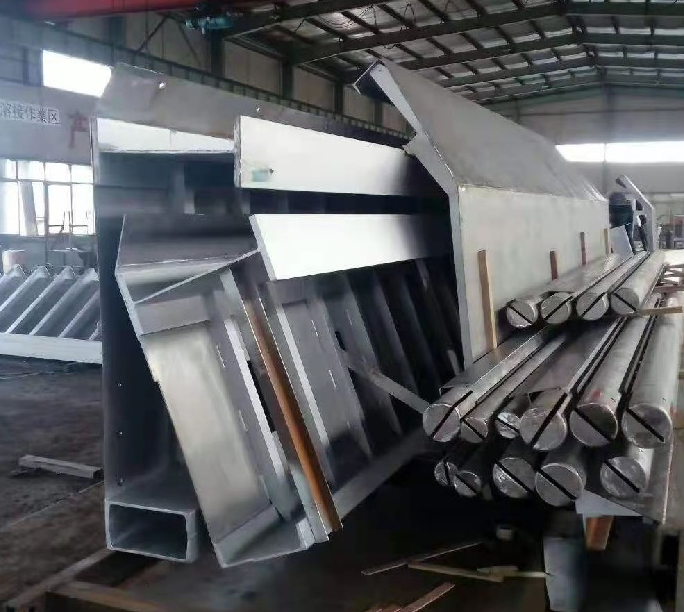


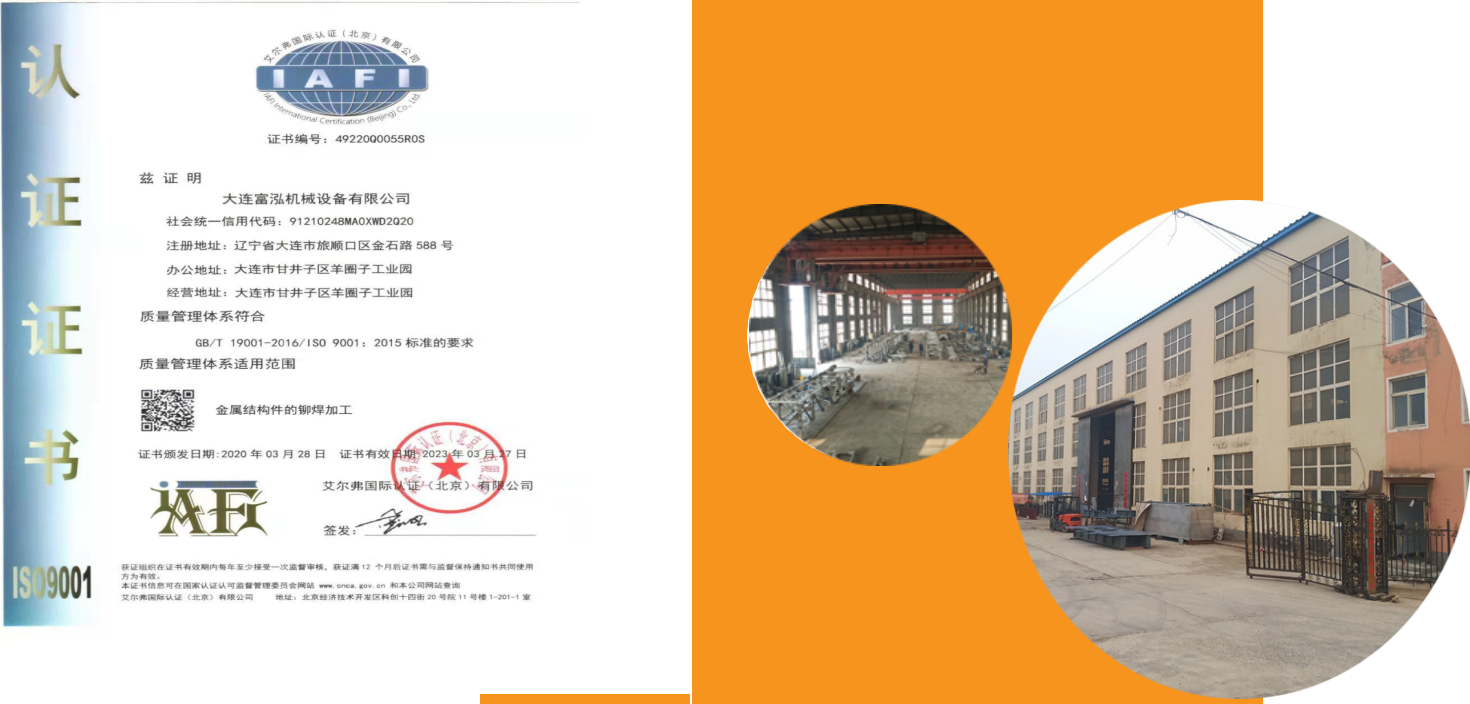
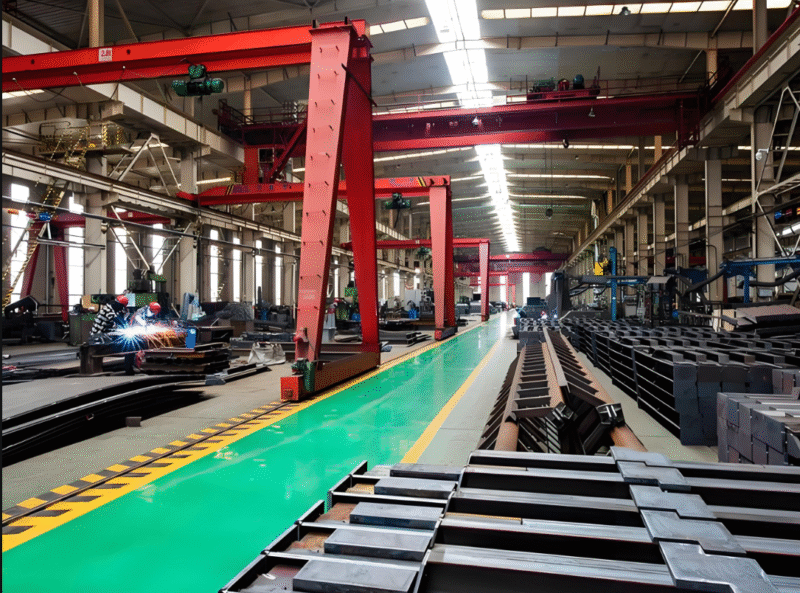

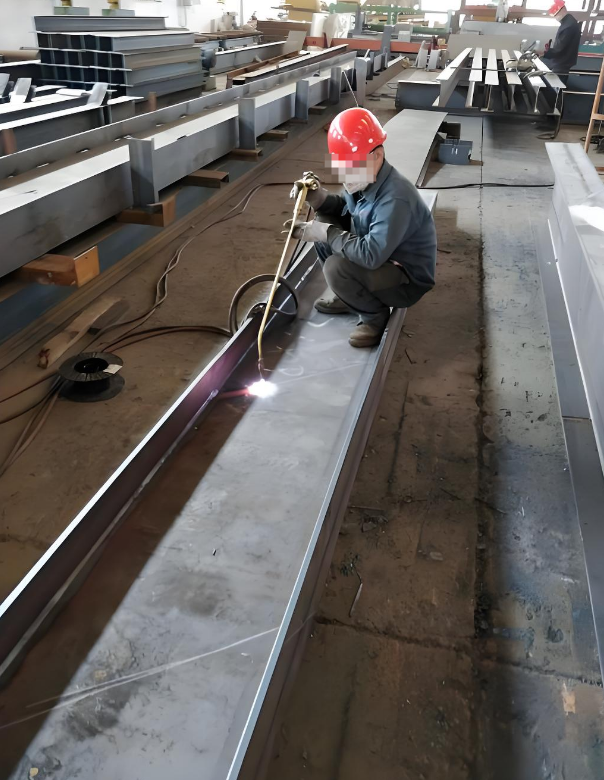
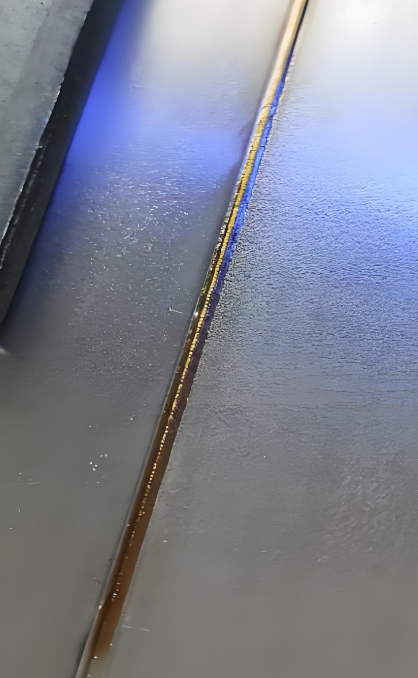
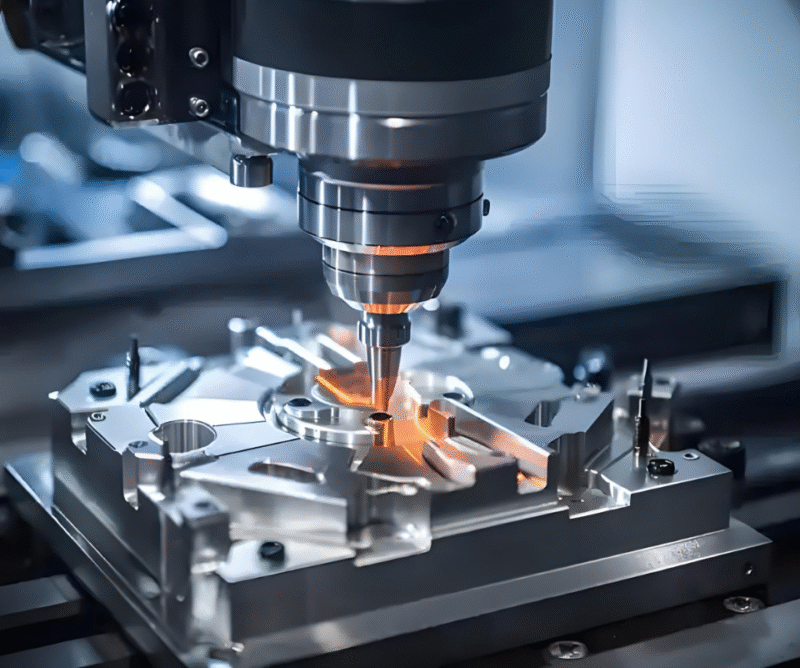
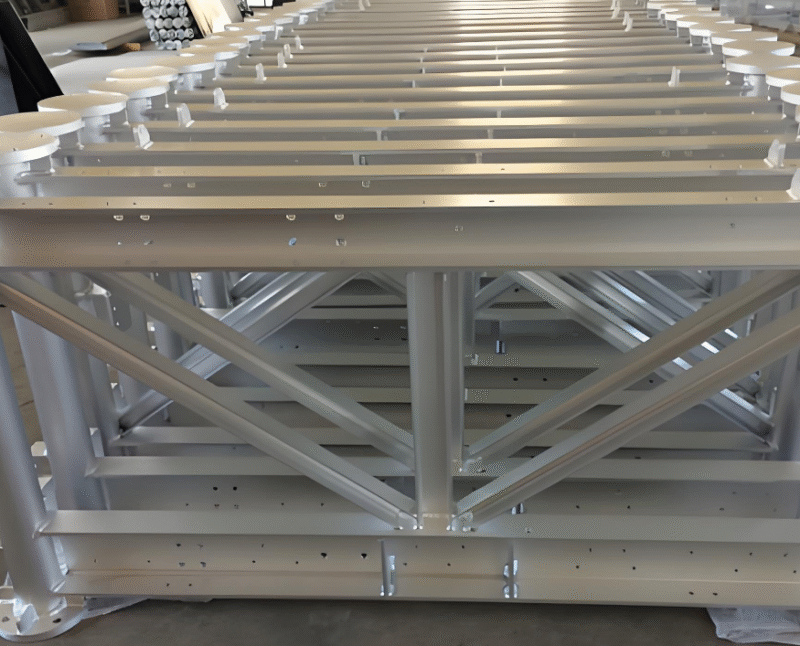
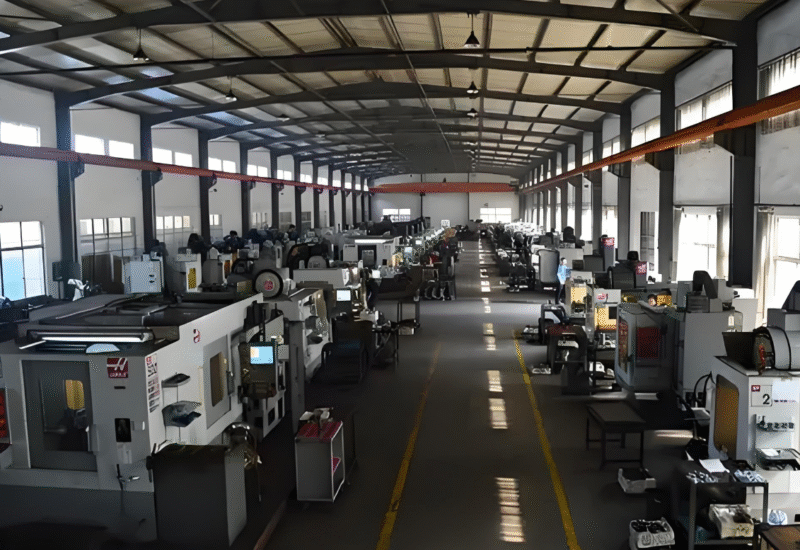

暂无评论内容